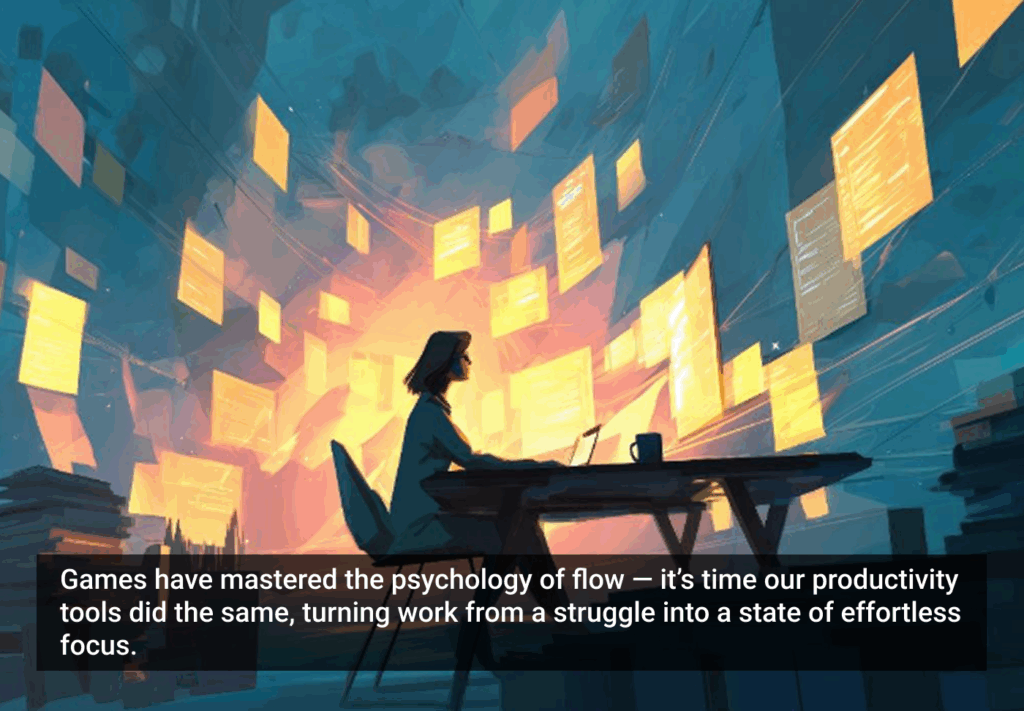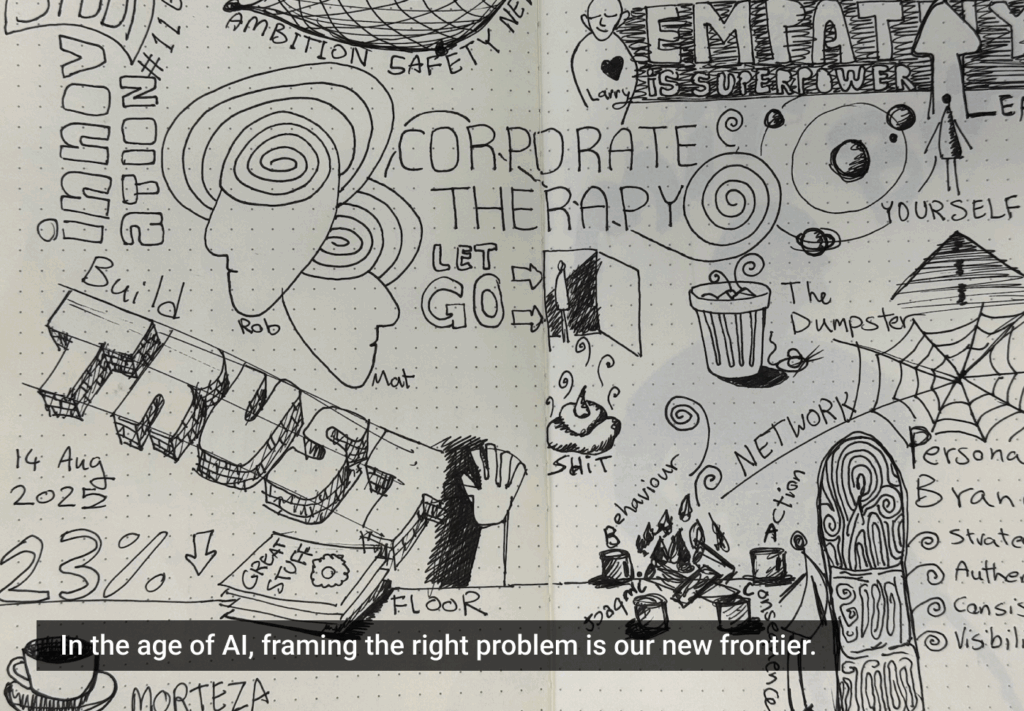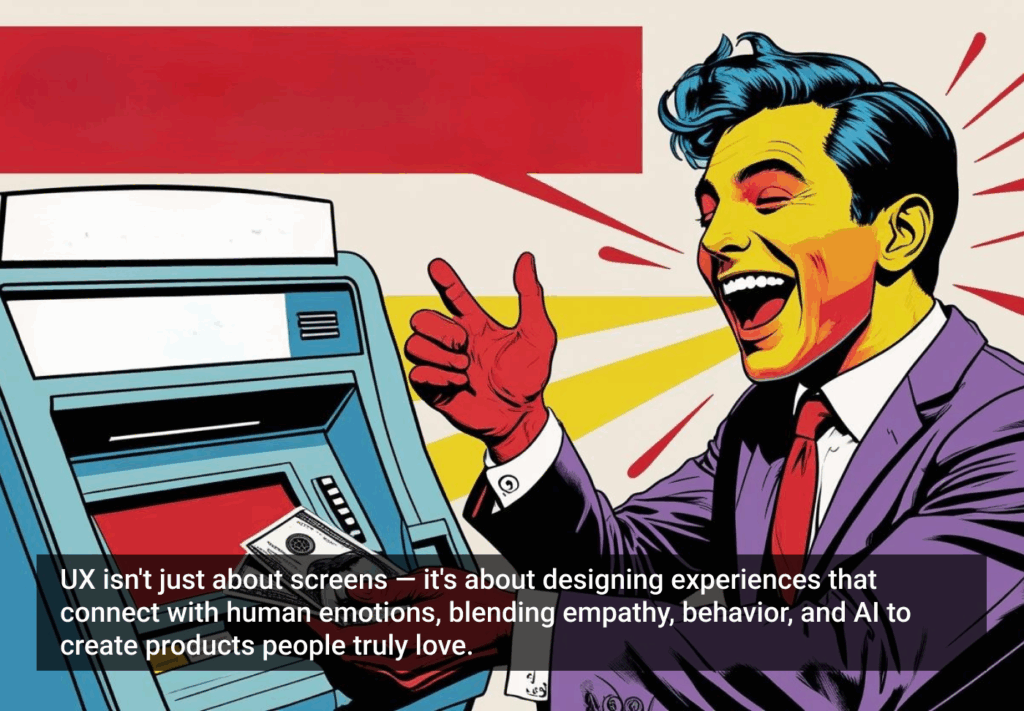“The most profound technologies are those that disappear. They weave themselves into the fabric of everyday life until they are indistinguishable from it.” — Mark Weiser
Your users are already talking to their devices. In the US, 62% of adults use voice assistants, whilst 42% of UK households own voice-enabled devices. They’re gesturing at screens, trying AR filters, and expecting their digital experiences to feel more… human.
This isn’t science fiction — it’s Tuesday.
The quiet revolution happening now
Voice and immersive interfaces aren’t just trendy features anymore. They’re becoming the primary way people interact with technology, especially in situations where traditional interfaces fall short.
Consider this: NHS trusts are piloting voice-enabled patient record systems, allowing doctors to update files hands-free during consultations whilst maintaining eye contact with patients. Tesla drivers never touch their screens — they just speak. Walmart discovered that 35% of their voice shoppers become repeat customers, with higher average order values than traditional shoppers.
Meanwhile, IKEA’s AR app has crossed 200 million downloads, fundamentally changing how people shop for furniture. Medical schools are using VR for surgical training with 90% better retention rates than traditional methods. Boeing reduced aircraft assembly time by 25% using AR to guide workers through complex procedures.
These aren’t pilot programmes or experiments — they’re operational realities reshaping entire industries.
Who should consider voice and immersive interfaces?
Think about your own product for a moment. Voice interfaces excel when users’ hands are occupied or when they’re multitasking — imagine fitness apps that respond to voice commands during workouts, or navigation systems that adapt to spoken queries. They’re transformative for accessibility, opening doors for users with visual impairments or motor difficulties.
Immersive interfaces shine when spatial understanding matters — think interior design apps, medical imaging systems, or any product where users need to visualize complex information. They’re revolutionizing training and education by creating safe environments for skill practice and turning abstract concepts into tangible experiences.
Today’s actionable tip: start with voice-first thinking
Here’s something you can implement immediately: audit your most common user tasks for voice potential.
- The process: walk through your most common user actions and ask yourself: “Could someone do this while cooking dinner or driving?” Then rewrite the interaction using natural language instead of form fields.
- Example in action: instead of: “Click account → transactions → filter by date → select last month” voice version: “Show me last month’s spending”
A fintech app tested this approach, where their voice-enabled balance checking feature now accounts for 40% of all balance inquiries, with users calling it “the feature I didn’t know I needed.”
The key insight? Voice isn’t about replacing your interface — it’s about making your most valuable features accessible when screens aren’t practical.
The accessibility advantage
Here’s what many miss: voice and immersive interfaces aren’t just convenient — they’re transformative for accessibility.
In the US, 28.7% of adults have a disability that could benefit from alternative interfaces. In the UK, that’s 24% of the population. Voice interfaces help users with visual impairments navigate complex apps. AR can provide visual cues for users with hearing difficulties. VR creates safe training environments for users with mobility challenges.
When you design for voice and immersive experiences, you’re not just future-proofing — you’re opening your product to users who might otherwise struggle with traditional interfaces.
The shift in user expectations
What I like is how these technologies are quietly changing what users expect from all digital experiences. Once you’ve asked your smart speaker to “play something relaxing,” traditional app navigation feels clunky. After trying on trainers virtually, clicking through static product photos seems primitive.
This isn’t about replacing every interface with voice commands or AR overlays. It’s about recognising that users are developing new mental models for how technology should work. They expect interfaces to be more intuitive, more contextual, and more human.
The companies that understand this shift aren’t just adding voice features — they’re rethinking their entire approach to user interaction. They’re asking different questions: how can we make this feel more natural? How can we reduce the cognitive load? How can we adapt to the user’s context instead of forcing them to adapt to ours?
Cheers,
Katre
PS: I spent 10 minutes searching for my Spanish study notes using every keyword I could think of, but to no avail. Then I asked Siri to “find my Spanish notes,” and she found them instantly. Turns out, asking naturally works better than keyword guessing. Who knew?
The article originally appeared on UX @ Scale.
Featured image courtesy: Katre Pilvinski.








